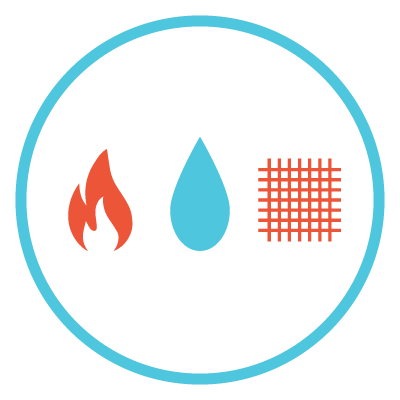Fibre to Fabric G6 (Hindi)
What are you wearing today? A Shirt? A T-Shirt? A Denim Jeans? Well, the list can go on and on, but what if we tell you something interesting? Did you know, the Denim jeans we wear are made of 100% Cotton fabric? In this chapter, we take you behind the scenes of making our clothes. …




